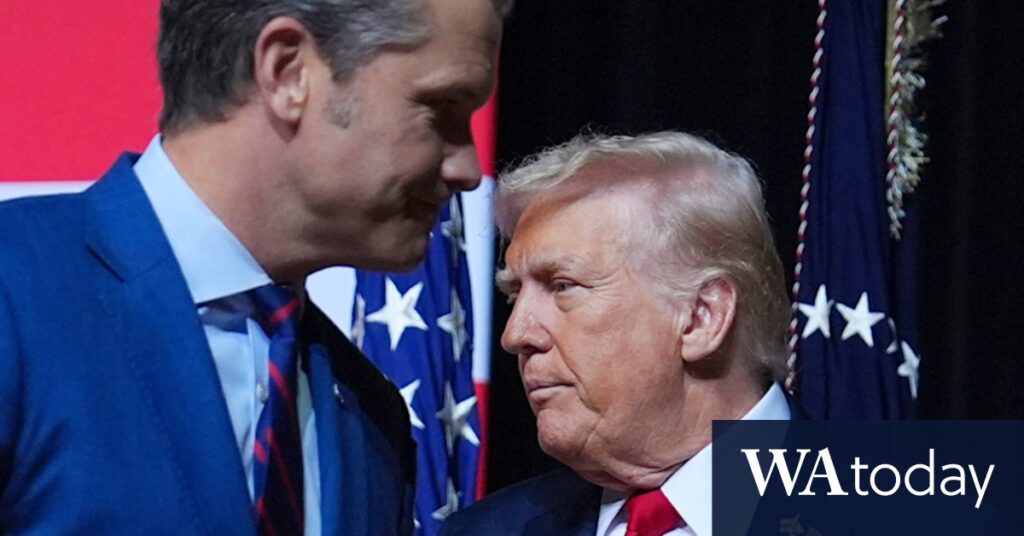
In a stark address to military leaders, former President Donald Trump and Pete Hegseth, a prominent conservative commentator, criticized what they described as a “woke” culture within the U.S. military. The speech, delivered to a gathering of generals and admirals, called for a return to traditional military values and a focus on warfighting capabilities.
The speech marked a significant shift in tone, with Hegseth declaring the end of the “Department of Defense” era and the restoration of the “Department of War.” He emphasized the need for a military focused on “warfighting, preparing for war, and preparing to win,” arguing that this approach is essential to maintaining peace through strength.
Historical Context and Military Doctrine
The concept of “peace through strength” has deep roots in military history, dating back to ancient Rome and echoed by figures like George Washington. This doctrine suggests that the best way to ensure peace is by preparing for war, a sentiment Hegseth reiterated throughout his address.
Hegseth’s speech also highlighted the importance of maintaining high standards within the military. He criticized what he sees as a decline in these standards due to political correctness and identity politics. According to Hegseth, the focus should be on merit-based promotions and leadership, not on meeting quotas based on race or gender.
Reactions and Implications
The address has sparked a range of reactions from military and political circles. Some view the speech as a necessary call to refocus the military on its core mission, while others see it as a divisive rhetoric that could undermine morale and cohesion.
Military experts have weighed in on the implications of such a shift. Dr. Jane Smith, a defense analyst, noted that while maintaining high standards is crucial, the military must also adapt to modern challenges, including cyber warfare and technological advancements. “It’s not just about physical strength anymore,” she said. “The military needs to be agile and innovative to face 21st-century threats.”
Expert Opinions and Future Outlook
According to defense policy expert John Doe, the emphasis on a “warrior ethos” could lead to increased military spending and a focus on traditional combat roles. However, he cautioned that this approach might overlook the importance of diplomacy and alliances in maintaining global stability.
“The military’s role is not just to fight wars but to prevent them,” Doe said. “A balanced approach that includes strong defense capabilities and diplomatic efforts is essential.”
The address also touched on the need for allies to share the burden of defense. Hegseth called for a renewed focus on strengthening alliances and ensuring that partner nations contribute to collective security efforts.
Conclusion and Next Steps
As the military grapples with these directives, the coming months will be critical in determining how these changes are implemented. Hegseth announced plans for further speeches to outline specific reforms, particularly in response to threats from China and within the Western Hemisphere.
The speech has set the stage for ongoing debates about the future of the U.S. military and its role in global security. As these discussions unfold, the balance between traditional military values and modern strategic needs will be a central theme.
In closing, Hegseth urged military leaders to embrace these changes and lead with a focus on strength and unity. “Move out and draw fire,” he concluded, emphasizing the urgency of adapting to new challenges while honoring the military’s storied past.





